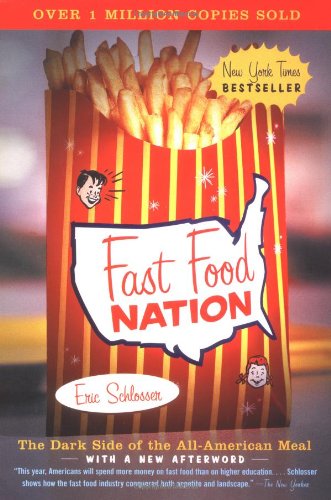

He also mentions that some people felt guilty working at places like McDonalds because they knew that they were serving unhealthy foods which could potentially cause health problems later on in life. Schlosser then notes that many American teenagers worked part-time jobs at fast food restaurants during high school or college in order to earn money for necessities such as clothes and tuition fees.

In addition to this, mechanization made it easier for companies to replace workers at a fast pace without having to worry about union benefits. Many of these chains benefited from the growth of suburbs in California as soldiers returned home from war and settled with their families in car-based communities along highways between major cities. He tracks the transformation by following many different people: fast food workers, executives at fast food companies, ranchers and potato farmers in Colorado and its environs, large-scale farming operations, meatpacking plants that create new flavors for processed foods.Įric Schlosser begins his article by describing the emergence of fast food companies like McDonald’s, Burger King and Wendy’s after World War Two. 1-Page Summary of Fast Food Nation Overall SummaryĮric Schlosser’s book Fast Food Nation is an attempt to describe how American eating habits have changed since World War Two.


 0 kommentar(er)
0 kommentar(er)
